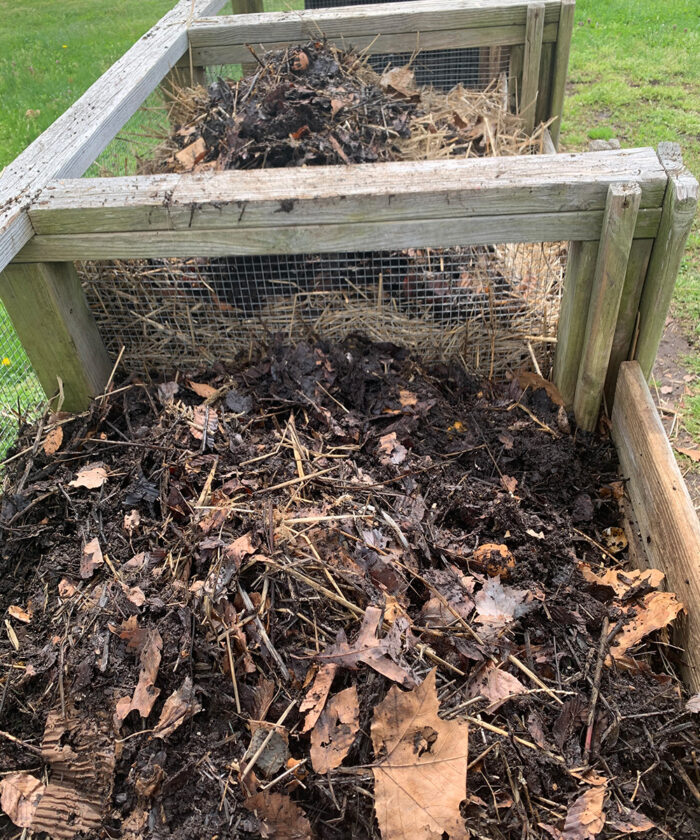
Compost is a fundamental garden amendment that enriches soil and provides nutrients to plants. But where do you start on making your own? I talked to Gail Hermenau, Master Gardener and Master Composter, about her top compost tips for the Mid-Atlantic. She is also the program assistant to University of Delaware’s lawn and garden extension program. Gail says, “Composting is the life source of my garden. I cannot imagine doing anything in the garden without compost.” Gail told me many great tips for composting, outlined several different methods, and explained how compost can amend the Mid-Atlantic’s regional soil types.
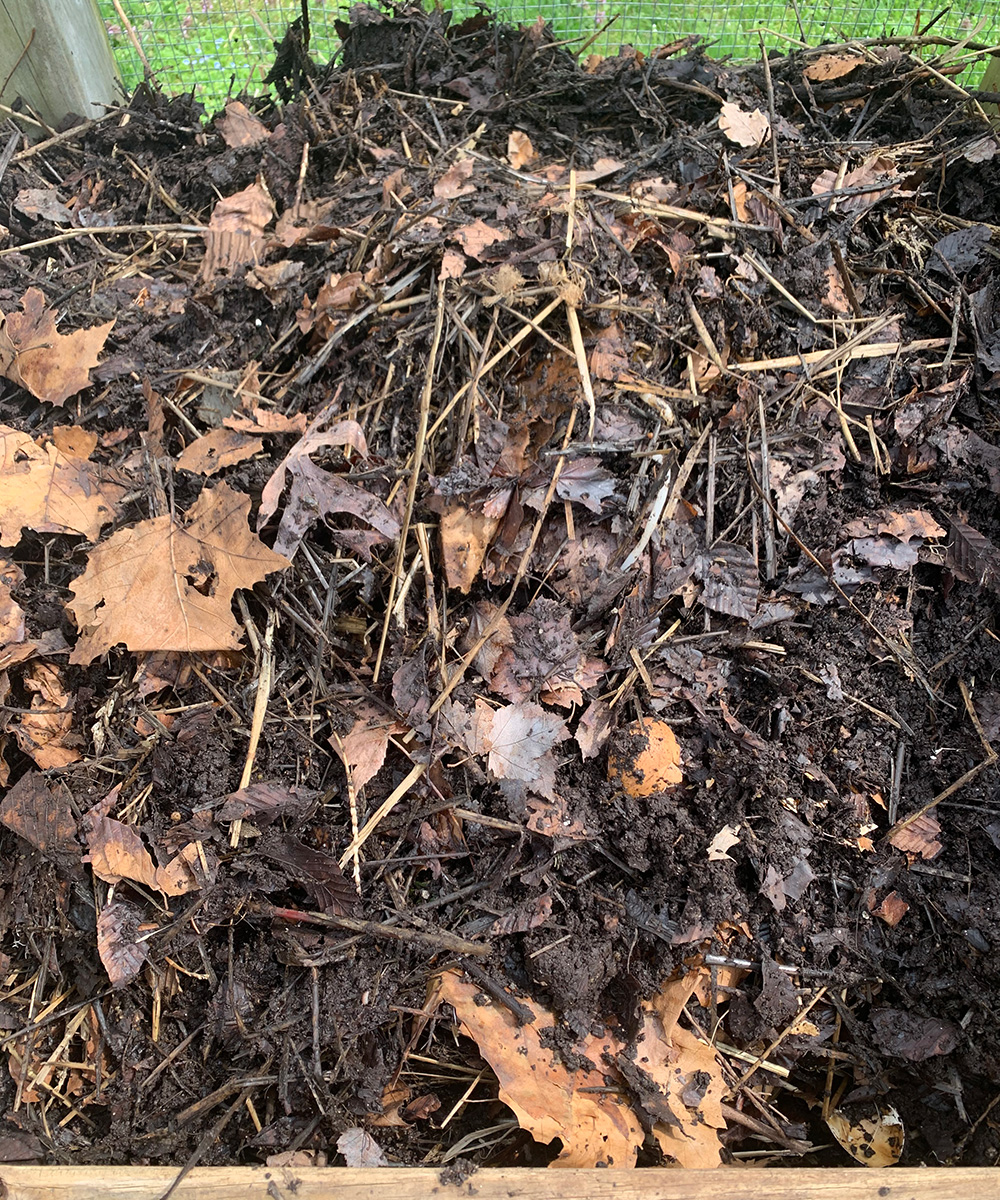
Tips for great compost
Gail explains that for great compost, a gardener must start with four crucial ingredients: sources of carbon (“brown” material), sources of nitrogen (“green” material), water, and air. Beneficial microorganisms need food, oxygen, and water to live, thrive, and create nutrient-rich compost.
Although these ingredients are required for composting everywhere, carbon sources can vary in the Mid-Atlantic region. For example, since the Mid-Atlantic region cycles through four seasons, fallen leaves and brown dried plant material that is cut back in the fall and winter can be wonderful sources of carbon. Gail advises contacting your local municipality for leaves to store as a carbon source that can be used when needed. Other sources of carbon can be straw and cardboard. Excellent sources of nitrogen are kitchen scraps, green yard waste (such as cut back bulb foliage), and grass clippings.
With 3 parts carbon to 1 part nitrogen, you can start your own pile. Be sure to add water with each layer. Spring in this region is usually rainy, so an uncovered pile may not have to be watered often then. In drier months, when adding water to the pile, be sure it is damp like a sponge that has just been wrung out when you finish.
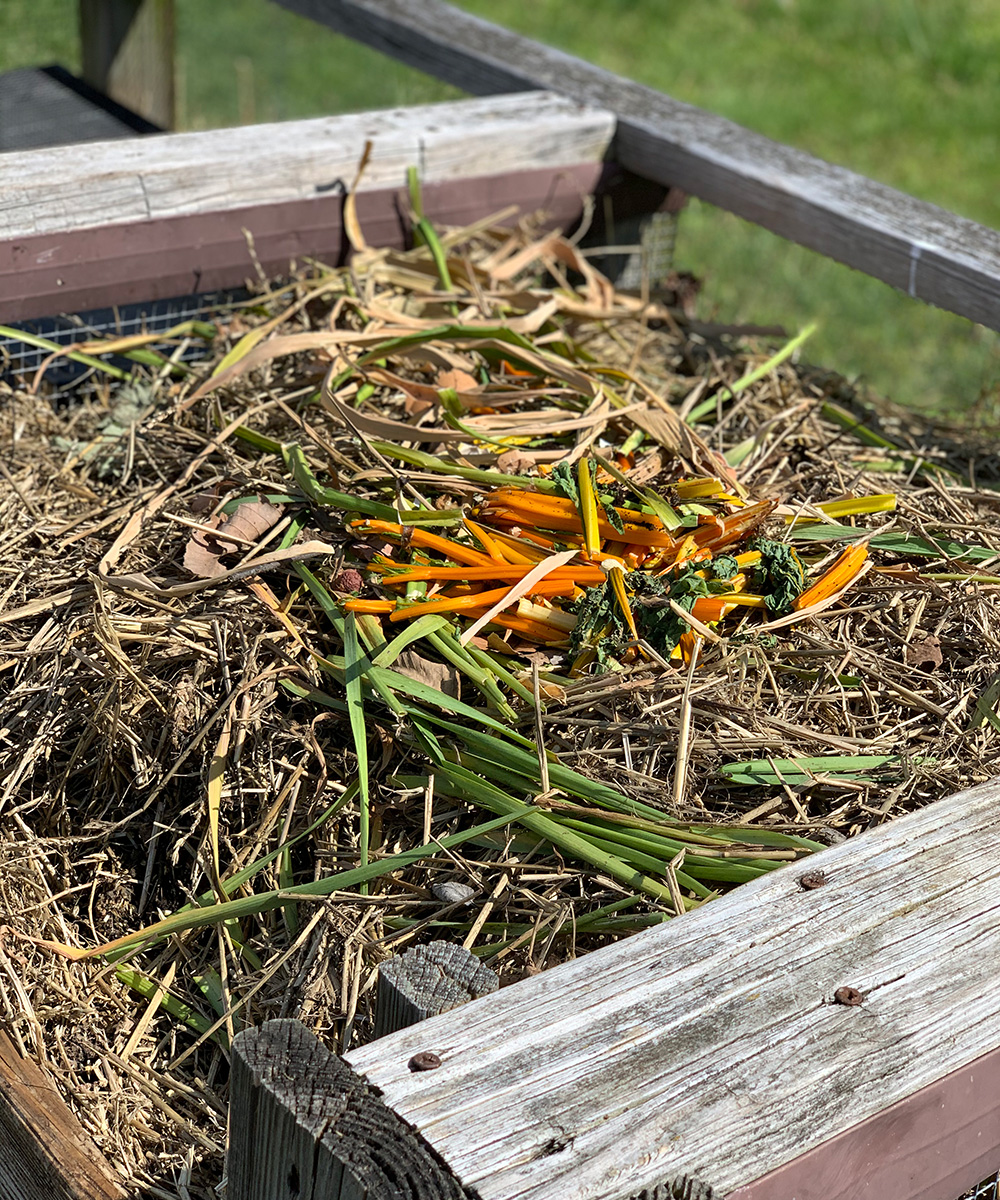
Methods of composting
Three-bin system: Gail’s favorite method of composting is a three-bin system. In the system she and her husband built, a wood container houses the three bins, each of which measures about 3 feet by 3 feet and contains a different stage of compost. The first bin holds the new material as it is just getting started. New materials are added constantly to build a substantial pile. The second bin contains compost that is about halfway ready, but materials can still be added. The third bin contains ready-to-use compost, and no new material is added. Gail prefers this system because it is tidy, enclosed, and will not attract animals. She notes that this is the only method she uses where she adds kitchen scraps.
Modified bin: Another method she suggests is the modified bin. Those with smaller properties will appreciate this space-saving, unobtrusive container. The modified bin consists of a regular plastic trash can with the bottom cut off to allow microorganisms to find their way up into the pile. Gail tucks this kind of bin behind shrubs. When she is out in the garden, she just lifts the lid, adds some material, a little water, and gives it a toss to add oxygen. Be sure to use small material with this method as it will be easier to break down. She does not recommend that kitchen scraps be added. When the compost is ready, she lifts the bin to let the compost spill out and spreads it over her garden.
Sheet composting: The third method Gail recommends is sheet composting. She uses this method on her raised vegetable beds. She spreads layers of carbon- and nitrogen-heavy components (adding water to each layer) over the garden after she puts it to bed in the fall and leaves it for spring. However, kitchen scraps are also a “no” when sheet composting. They may attract unwelcome wildlife, and pets may dig around in the beds, disturbing the pile. Before spring crops are planted, the now-decomposed sheet compost can be tilled into the garden. This allows for early planting and adding nutrients to the soil without using synthetic fertilizers. Although this is Gail’s favorite method for her vegetable garden, she insists it can be done in any kind of garden. If it is in an ornamental bed, spread the layers and cover them with mulch so the pile is not noticeable.
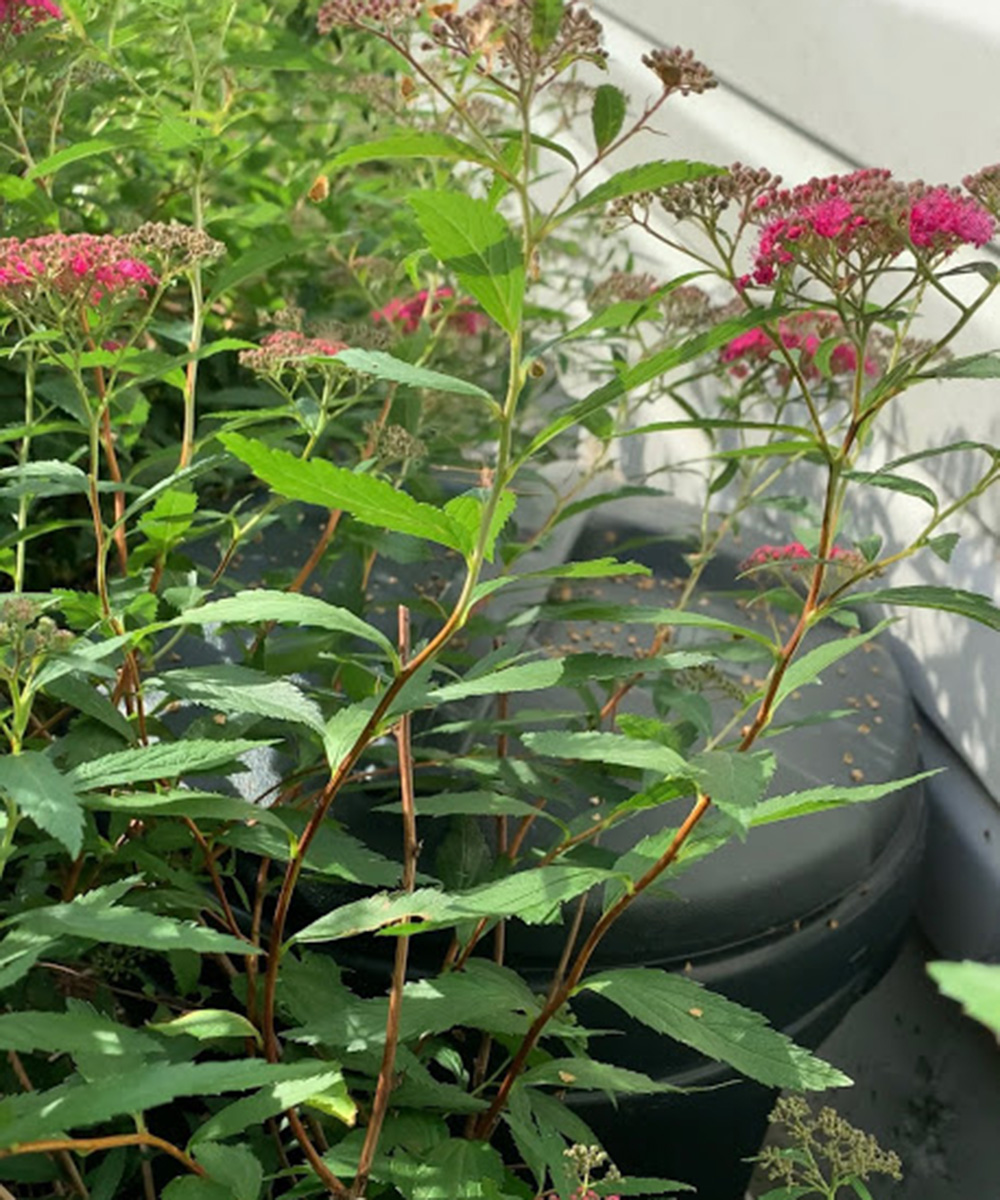
Compost’s role in amending Mid-Atlantic soil
Compost is ready to use when you cannot recognize the material. A soil test can be performed on compost to determine which nutrients are present. Gail suggests performing a soil test before amending the soil and then testing the soil the following season after the compost has been added. From there, continue adding compost gradually until desired nutrient levels are reached.
Soil in the Piedmont region of the Mid-Atlantic tends to be compacted, moderately fertile, and often contains clay. Compost can greatly improve the texture of the region’s soil by allowing better water retention, which improves drainage in compacted clay soil. Although Piedmont soil is less than ideal for gardening, nutrients are still present. Gail insists that compost helps these stored nutrients become more available.
On the other hand, soil in the Coastal Plains region along the Atlantic has a strikingly different composition. Amending soil with compost helps add texture and soil biology to the sandy earth. Water tends to run through this soil, so compost will aid in moisture retention.
Compost is universally helpful for creating healthy soil composition. However, every region has its own garden soil woes in which compost can assist. There is no better, more sustainable way for a gardener to improve the soil than by adding beneficial bacteria and organisms, which compost can provide, thus encouraging plants to thrive.
—Michele Christiano has worked in public gardens for most of her career. She lives in southern Pennsylvania and currently works as an estate gardener maintaining a private Piet Oudolf garden.




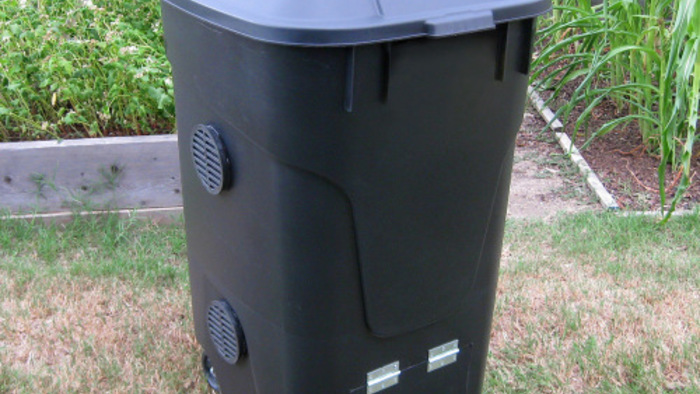













Comments
Log in or create an account to post a comment.
Sign up Log in